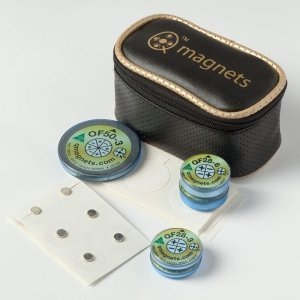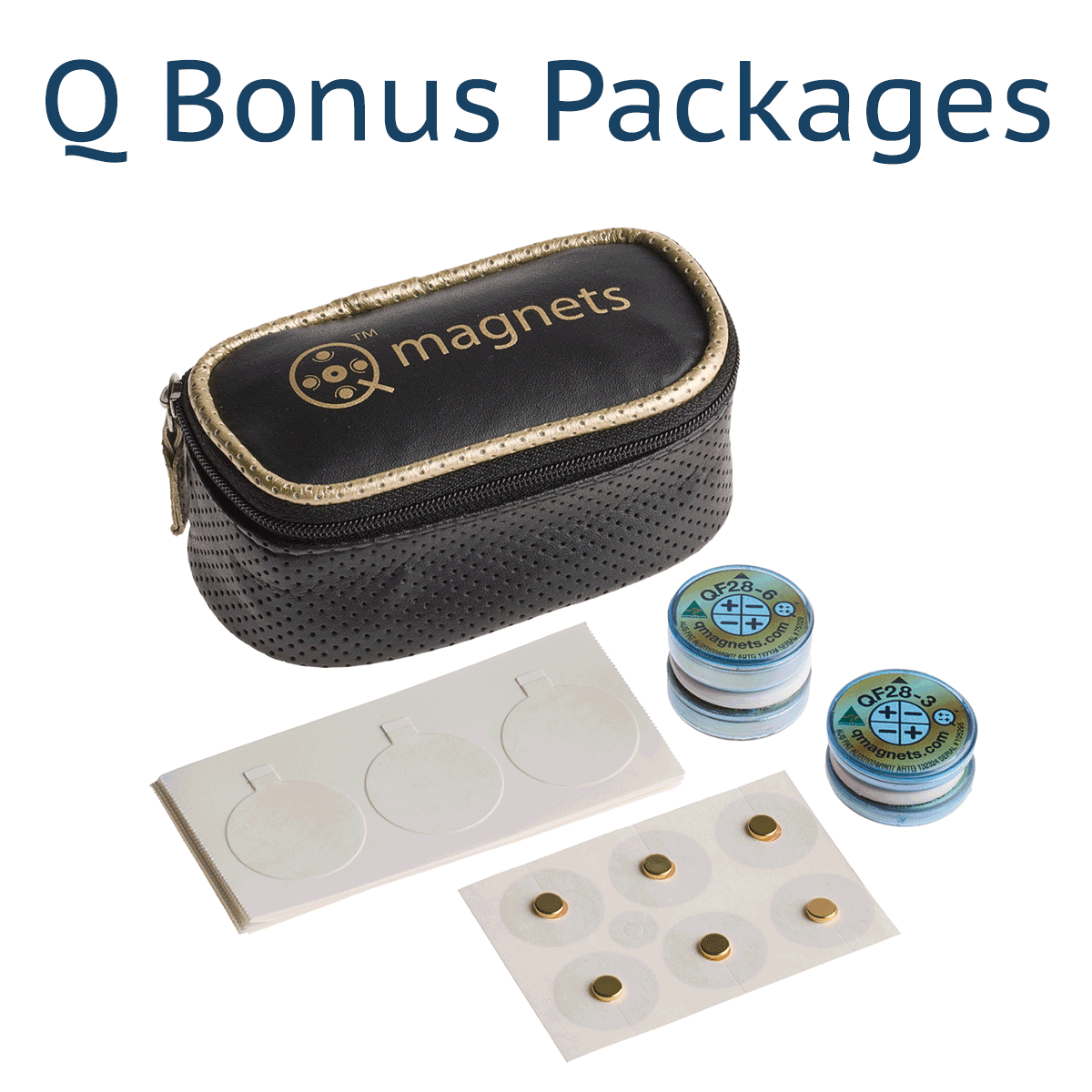Central Sensitization
Central Sensitization is an increase in the excitability of neurons within the central nervous system starting at the spinal cord level. Normal inputs from everyday experiences such as touch are amplified to produce abnormally painful responses. Central Sensitization is a major cause of pain hypersensitivity.
Central Sensitization plays a key role in the pathophysiology of a number of chronic pain conditions such as neuropathic pain. Neuropathic pain is maladaptive in that there is often no identifiable cause and the pain persists, other examples include diabetic peripheral neuralgia pain, postherpetic neuralgia (shingles) and central neuropathic pain associated with MS.

Central Sensitization can also be a consequence of dysfunctional pain processing such as fibromyalgia, where somehow normal neural inputs from mechanotransducers get diverted into the pain pathway.
The underlying mechanisms of Central Sensitization are complex and not fully understood. They are thought to involve neurotransmitters such as glutamate and substance P that cause nerve fibres to become more “leaky” to Na+ and Ca2+ ions and hence lower the neural activation threshold.
Ca2+ ions also initiate a range of intracellular signalling cascades that lead to the production of prostaglandins that further lowers the threshold for neuronal activation within the dorsal horn. The sensitization of these neurons means that they can now be stimulated by formally innocuous stimuli (allodynia), in addition, these neurones can produce an exaggerated response to noxious stimuli (primary hyperalgesia) and spread the sensitivity to non-injured areas (secondary hyperalgesia).
(Nijs, Van Houdenhove et al. 2010) provided guidelines for manual therapists to recognise central sensitization in patients with musculoskeletal pain. The examination included for instance…
1. Assessment of pressure pain thresholds at sites remote from the symptomatic site;
2. Assessment of sensitivity to touch during manual palpation at sites remote from the symptomatic site; and
3. Assessment of pressure pain thresholds during and following exercise
(Nijs, Meeus et al. 2011) provided a list of treatment options for the treatment of central sensitization, which included pharmacotherapy such as acetaminophen (paracetamol), serotonin-reuptake inhibitor drugs, opioids, NMDA receptor blockers and Ca2+ channel ligands such as pregabalin and gabapentin.
Just like context-dependant drugs, biological studies and clinical experience shows that Q Magnets appear to work in a similar way in that they only effect “pathological” pain transmission and not “normal” pain transmission and without the side-effects.
In their list of treatment options for central sensitization, (Nijs, Meeus et al. 2011) also included repetitive transcranial magnetic stimulation, which has short term analgesic effects, TENS, manual therapy, neurofeedback and cranial electrotherapy stimulation.
Unlike repetitive transcranial magnetic stimulation or even acupuncture, one of the key advantages of Q Magnet therapy is that it can easily be worn 24/7 and hence provide a constant therapeutic effect and whereas pharmacotherapy works systemically, Q Magnets are highly targeted and specific.
After 10 years of research including in-vitro cell studies and randomised controlled trials the group of neurologists at Vanderbilt Medical University lead by Dr Robert Holcomb, M.D., Ph.D. concluded that the evidence suggested that the most likely mechanism of action is that the steep field gradients generated by the quadrapolar magnetic field is altering nerve excitability as a result of changes in membrane permeability to Na+ and Ca2+ ions (McLean, Holcomb et al. 1991), (McLean, Holcomb et al. 1995), (Cavopol, Wamil et al. 1995), (McLean, Engstrom et al. 2001).
(McLean, Engstrom et al. 2001) describes the cell study where nerve fibres were exposed to the noxious stimuli capsaicin and after 5 minutes of exposure to the gradient of the Quadrapolar array, the action potential firing was totally blocked and fully recovered 10 minutes after the removal of the field.
In a double blind, randomised controlled trial (Vallbona, Hazlewood et al. 1997) assessed the effectiveness of a concentric alternating multipolar rubberised magnet which produces a magnetic field gradient, albeit most likely with a penetration of less than 5 mm. Of the 50 post-polio patients enrolled in the study, 29 were in the active group and 21 the inactive. The devices were placed over the most painful trigger point for 45 minutes. Those who received the active device reported significantly less pain than those that received the sham device.
As an indication of the therapeutic effects of an inhomogeneous static magnetic field on peripheral sensitization, Kovacs-Balint et al (2011) conducted a double-blind, placebo controlled trial and demonstrated that exposure to an optimized field significantly increased the thermal pain threshold in healthy young adults.
What is clear when it comes to magnetic therapy is that unless you are using a magnetic device with an optimised design, with the right field characteristics, correctly placed so that the penetrating field envelopes the offending target tissue, then the therapy is unlikely to be effective.
With the recent release of the third generation Q Magnet models it is now possible to apply a device with an optimised therapeutic field that will envelope the target tissue. Specifically when it comes to central sensitization, the most important devices for the lumbar spine are QF28-6 and QF28-3 and where there are two adjacent levels indicated, usually L4/5 and L5/S1 the OF50-3. The OF50-3 model is a powerful rare earth neodymium octapolar magnet with a 50mm diameter that can envelope adjacent levels of the spinal cord with a magnetic field gradient, which to our knowledge is the first time this has been achieved with a static magnet device.
The exciting thing for health care providers challenged by patients with complex chronic pain conditions, the anecdotal evidence shows that when Q magnet therapy is correctly applied and takes effect, the desensitizing and improvement in symptoms are felt by the patient and observed by the clinician almost immediately.
While the scientific evidence for these observations requires much more research, the advantage for the patient is that the risk of intervention and expense is almost negligible.
Case Studies that demonstrate the effects of Q magnet therapy on Central Sensitization.
CASE STUDY 1 – By Lifestyle Therapies in Brisbane, Australia
Sam, a fifty year old man with a 15 year history of chronic lower back pain was referred to Lifestyle Therapies from a local health provider. Sam had been suffering with constant deep pain and numbness in his right foot for 15 years, initially injuring his back when he was 20 years old. In his thirties, Sam underwent a laminectomy, followed by lumbar fusion of L5-S1 a few years later. Since then he has not lived a day without pain, significantly affecting his quality of life. In addition Sam was suffering hyperalgesia in his lower back due to an incident with a TENS machine. His skin in the lumbar spine was so sensitive, wearing clothes was unbearable which was an indication of Central Sensitization. He was unable to sit in a car for more than one hour without suffering significantly. Sam had one goal, which was to return to his hobby of painting.
- Initial assessment findings:
- Muscle inhibition of core muscles
- High tones in gluteal muscles
- Tender to touch adductors, ITB, and Quadricep muscles.
The lumbar region was hypersensitive to pain, even with light touch; a sign of static mechanical allodynia.
Sam was fitted with the OF50-3 Octapolar Q Magnet. This neuromagnetic device was selected since it’s large enough to cover the adjoining lumbar vertebrae L4/5 and L5/S1.
One week after seeing Sam, he reported having pain-free moments for the first time in 14 years. He was also able to tolerate the drive from his house to the clinic with minimal pain. During the next week Sam was disappointed that his symptoms were returning. After examining the Q Magnet, he realised it had been reattached incorrectly, with the sticker and flux plate facing the skin. Once corrected, his symptoms immediately began to subside.
After seven sessions, Sam’s hypersensitivity had dropped significantly and was able to sit and paint for 5 hours. He had no pain with touch, showing central desensitisation.
Since being able to enjoy pain free moments and tolerating hands on treatment such as massage, Sam has significantly improved his quality of life.
CASE STUDY 2 – By Edwards Physiotherapy in Auckland, New Zealand
JC is a medical doctor and had sufferred with chronic backache for about 14 years with varying degrees of pain and stiffness, with pins and needles. When the pain was particularly bad, JC would feel lethargic and down, and have difficulty sleeping and have to take pain-killers to find some relief. JC tried all sorts of treatment: physiotherapy, chiropractic, osteopathy, neurolink, Chinese and Western acupuncture, breathing exercises, etc. Most forms of treatment would only give me temporary relief.
JC was referred to Edwards Physiotherapy and was introduced to Q Magnets. JC felt much less pain in just 15 minutes after the QF28-3 was applied and improved again when the OF50-3 was applied. For the first time in over a decade, JC can go through her day feeling quite comfortable while wearing the OF50-3. JC now responds well to the Feldenkrais treatment, which she had been seeking in the previous two years and is hopeful that one day she will be completely healed.
REFERENCES:
Cavopol, A. V., A. W. Wamil, et al. (1995). “Measurement and analysis of static magnetic fields that block action potentials in cultured neurons.” Bioelectromagnetics 16(3): 197-206.
Kovacs-Balint, Z., A. Csatho, et al. (2011). “Exposure to an inhomogeneous static magnetic field increases thermal pain threshold in healthy human volunteers.” Bioelectromagnetics 32(2): 131-139.
McLean, M., S. Engstrom, et al. (2001). “Static Magnetic Fields for the Treatment of Pain.” Epilepsy & Behavior 2(3): S74-S80
McLean, M. J., R. R. Holcomb, et al. (1991). “Effects of Steady Magnetic Fields on Action Potentials of Sensory Neurons in Vitro.” Environmentalist 8(2).
McLean, M. J., R. R. Holcomb, et al. (1995). “Blockade of sensory neuron action potentials by a static magnetic field in the 10 mT range.” Bioelectromagnetics 16(1): 20-32.
Nijs, J., M. Meeus, et al. (2011). “Treatment of central sensitization in patients with ‘unexplained’ chronic pain: what options do we have?” Expert Opin Pharmacother 12(7): 1087-1098.
Nijs, J., B. Van Houdenhove, et al. (2010). “Recognition of central sensitization in patients with musculoskeletal pain: Application of pain neurophysiology in manual therapy practice.” Man Ther 15(2): 135-141.
Vallbona, C., C. F. Hazlewood, et al. (1997). “Response of pain to static magnetic fields in postpolio patients: a double-blind pilot study.” Arch Phys Med Rehabil 78(11): 1200-1203.
Got Q Magnets ?
Since 2009, Q Magnets have led the way with the world’s most effective magnetic therapy devices. We provide a 30-day satisfaction guarantee and deliver worldwide.
We are dedicated to support our products with sound advice from experienced health professionals to achieve the best results!









